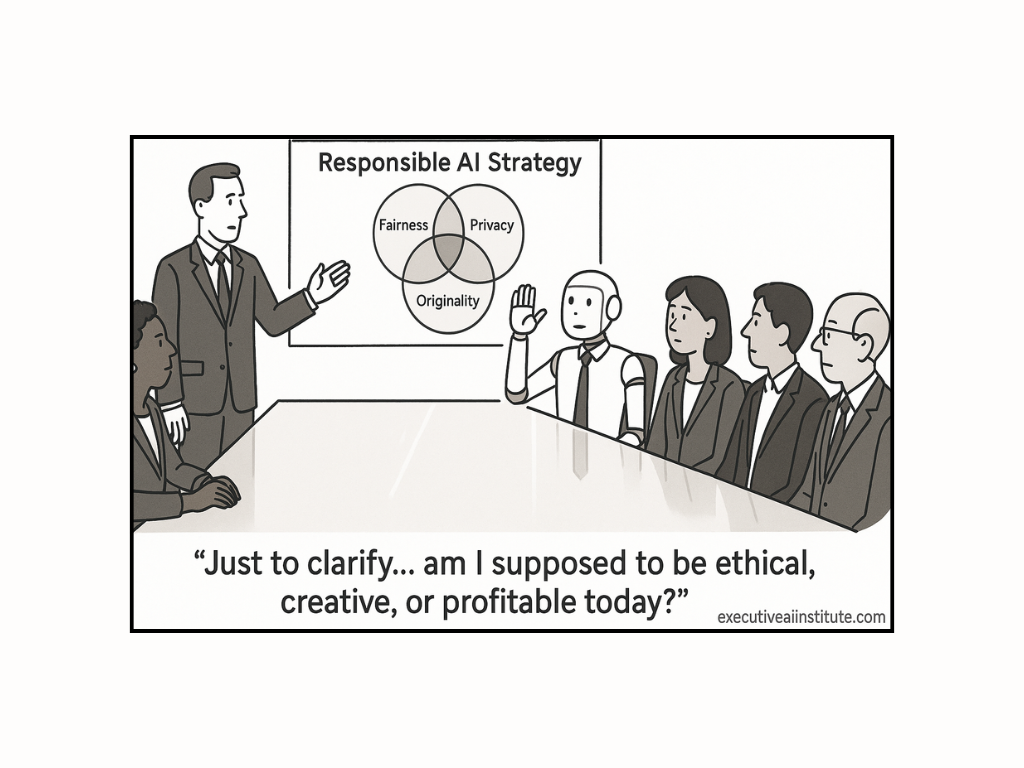Recently, I was looking to improve the Search Engine Optimisation (SEO) of our Whole Brain® products and services on Cerebration's website. Part of that research involved examining the most searched words, phrases, and questions relating to self-assessments to better connect people to our services.
Unsurprisingly, search terms like 'What does HBDI® mean?' or 'How to interpret HBDI® results?' are common. However, another one of the top-ranked questions relating to HBDI® was a shock. This question was 'How do I pass the HBDI® test?'. I looked at the results for other self-assessments, and most followed the same trend of users searching for ways to understand, cheat, or game for a ‘favourable’ result.
These frequently searched questions highlight the misconception that many people have about self-assessments being pass or fail tests or believing that one type of profile is better than any other. I have seen the latter anxiety play out in real-time during workshops when learners regularly make negative judgements about themselves, believing that their results are not as ‘good’ as others.
We must remember that some staff, particularly those new to the workplace, may have had limited exposure to self-assessments and, without proper context, can misconstrue what the results are actually telling them. There is also a legitimate concern that self-assessments could be misused in the workplace, highlighting the dangers of people receiving self-assessment results without a certified practitioner present. Why is it important to have a practitioner to help understand the results? A practitioner will help unpack the information on a self-assessment, facilitate discussions and, crucially, help foster a shared understanding between participants to stop improper use.
The misuse of self-assessments is generally caused by individuals who have not received a debrief that explains how self-assessments work and how results should be interpreted, or organisations/individuals that have undertaken an assessment that is not from a legitimate provider.
In this article, we will explore what self-assessments tell us about an individual and the importance of using self-assessment data legitimately and legally.
How do I pass the HBDI® test?
The first thing to note about this question is that HBDI® and other self-assessments are not pass/fail assessments. These assessments are not testing ability, capability, or competency but instead preference. In most countries, it is illegal to use preference data from self-assessments as grounds to hire, fire, or promote. Why? Because a self-assessment will reflect what someone’s preference might be based on the areas the assessment measures, but this is not the same as measuring someone’s willingness and ability to perform in those areas. Preference is not the same as ability.
As an example, Jerry enjoys playing football with a non-league team made up of a few friends. He is a player of average skill that prefers to kick a football with his right foot. David Beckham, on the other hand, was a renowned professional football player who played for the best football clubs in the world and internationally for his country at the most prestigious tournaments. He is famed for being one of the best technical players in the sport and has had a highly decorated career in professional football. He also prefers to kick a football with his right foot.
In this example, both players have a preference to kick a football with their right foot; however, their ability to do so is vastly different and is an example of why it is important we do not conflate preference and ability.
A real-life example of the misuse of self-assessments
An individual went for a promotion in a reputable organisation in the financial sector. As part of the recruitment process, they were required to take an imitation MBTI® assessment as part of a promotion. The results were not delivered by a certified practitioner, and they did not receive a debrief explaining their results. The individual who undertook the assessment received their profile, and it suggested that they may prefer working by themselves rather than as part of a team. As a result of this information, when trying to make a decision between two candidates, the hiring manager decided that the other candidate who had a higher preference for working in a team would be a better candidate for the role. This is an example of the misuse that happens when people do not understand what self-assessments tell us.
In this example, although the individual might prefer to work by themselves, it does not mean they aren't also capable of being an incredible team player or that they have any challenges or deficits when working as part of a team. Using someone’s preferences to exclude them from an opportunity is unfair, inappropriate, a waste of talent and, in most cases, an illegal use of these kinds of assessments.
"Human communities depend upon a diversity of talent, not a single conception of ability. At the heart of the challenge is to reconstitute our sense of ability and of intelligence."
– Sir Ken Robinson (British author, speaker, and international advisor on education)
What do I need to know about self-assessments?
As organisations seek to understand their workforce, self-assessments exist in an ever more crowded space. There are countless tools available for measuring all aspects of human behaviour and interaction. The core value in any of these profiles, however, is the facilitated conversations generated when people can collectively discuss and reflect on their preferences, thinking, and behaviours. What we hope from any assessment is to create a common language and shared understanding, and it is from these conversations that we can really learn about ourselves and each other. In doing this, we start to understand how our preferences underpin strengths, how we might support each other in constructive and collaborative ways, and be better equipped to lean into uncomfortable interactions.
So, what should we know before undertaking self-evaluation assessments? A good place to start is by asking what most profiling assessments have in common. Invariably, all assessments set out to measure certain aspects of an individual’s thinking, personality, or behaviour based on a self-evaluation.
Why is this self-evaluation aspect so relevant? What these assessments tell us about ourselves is essentially what we tell the assessments about ourselves. As exciting as it is to introspectively process our results, it is important to remember that these profiles are mirrors reflecting our own perceptions back to us. Therefore, they are restricted to telling us what we, to some extent, already know about ourselves.
We should be encouraging our staff to bring all their preferences to the table to build a diverse workforce. Diversity without inclusion damages the trust on which high-performing workplaces are built, and therefore encouraging inclusion is of utmost importance when undertaking these assessments.
The HBDI® assessment has been carefully calibrated to measure cognitive diversity, and when partnered with the Whole Brain® Thinking application model, it is a powerful tool to foster inclusivity, mitigate bias, as well as celebrate differences.
To ensure that key concepts are not misinterpreted, it is essential that assessment debriefs are delivered by practitioners who can communicate integral details that will enable individuals to interpret the results with full understanding.
Got You Thinking?
So, now you know a bit about Whole Brain® Thinking, perhaps you’d like to find out more and explore how this could be helpful to you and your business. Why not get in contact with myself, a Herrmann Certified Practitioner, who can give you more information and answer any questions you might have?


.png)

.png)